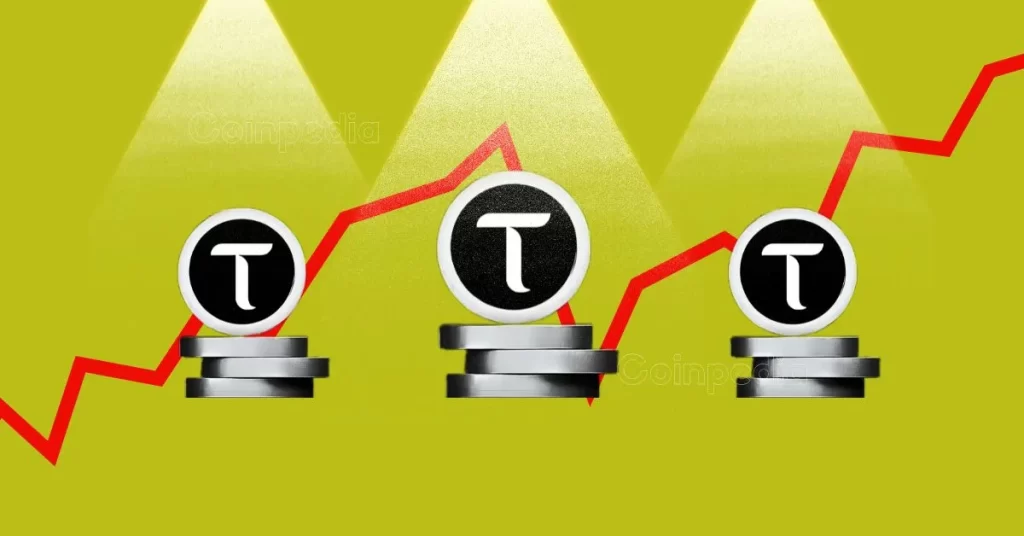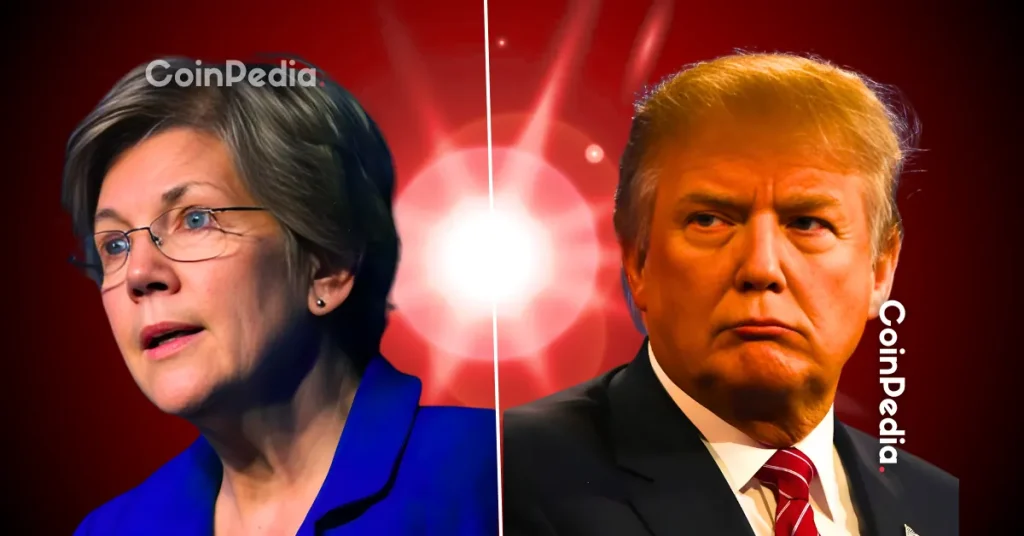
The post Are Stablecoins Really a Threat to Global Financial Stability? appeared first on Coinpedia Fintech News
Everyone is talking about stablecoins and the debate around them has become louder.
Around the world, central banks are warning that these digital tokens could shake the foundations of traditional finance. But others argue they might actually make the system stronger.
What’s the truth?
Central Banks Raise the Red Flag
In China, People’s Bank of China (PBOC) Governor Pan Gongsheng has once again sounded the alarm. He warned that stablecoins “fail to effectively meet basic requirements for customer identification and anti-money laundering,” adding that they “increase the fragility of the global financial system.”
Pan’s comments came after meetings with international regulators at the IMF and World Bank, where concerns over stablecoins were widely shared.
China , which continues to push its own digital yuan (e-CNY) , believes that private digital currencies could threaten monetary control and create unwanted speculation.
Also Read: Mastercard Bets Big on Stablecoin Market Via Potential Acquisition of Zerohash Valued at Near $2 Billion
Europe shares similar concerns. European Stability Mechanism (ESM) head Pierre Gramegna recently said that if stablecoins grow without proper guarantees, “there’s a risk to the whole financial system.”
The IMF and Financial Stability Board share that view, warning that the $300 billion stablecoin market could hurt traditional lending and even trigger financial stress.
In short, regulators fear a future where private digital money moves faster than the laws that govern it.
Coinbase Says It’s the Opposite
The Coinbase Institute sees things differently. A recent blog says concerns about stablecoins draining U.S. bank deposits or limiting credit are misplaced.
Banks, it notes, already have trillions of dollars sitting in reserves and Treasuries, leaving enough room for both stablecoins and traditional lending to coexist.
Plus, most stablecoin demand comes from outside the U.S., expanding access to dollars globally and reinforcing the dollar’s dominance, not weakening it.
Stablecoins, Coinbase argues, are allowing for faster, programmable, and cheaper payments. Just as money market funds once reshaped finance, stablecoins are doing the same for the digital age.
“Treating this development as a threat risks misunderstanding the transformative direction of financial innovation.”
What Data and Research Shows
McKinsey & Company estimates that stablecoin transaction volumes still make up less than 1% of global daily money transfers, which is hardly enough to shake the system.
The European Central Bank agrees, saying current risks remain limited in the euro area. And new research from academics like Hongzhe Wen and Songbai Li suggests stablecoins can actually reduce risks if properly designed and fully backed by reserves.
Even the Brookings Institution argues that regulation shouldn’t just focus on preventing danger but on modernizing payments and improving financial infrastructure.
So, Threat or Transformation?
The truth is, stablecoins are both a challenge and an opportunity. Poorly managed, they can create cracks in the system. But well-designed and regulated, they can make money move faster, safer, and smarter.





